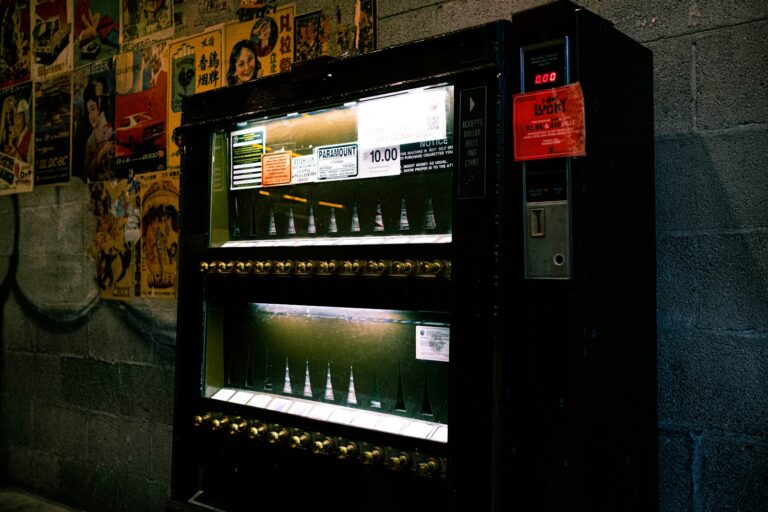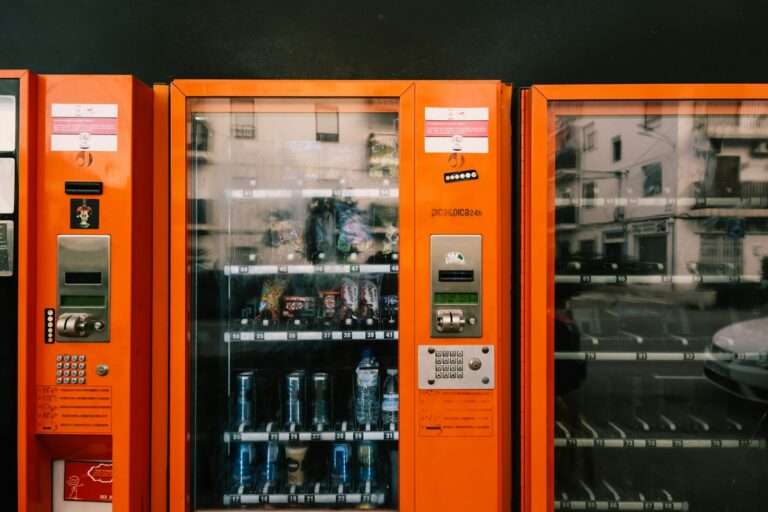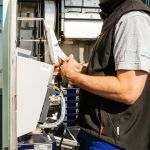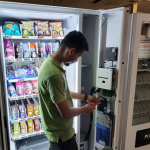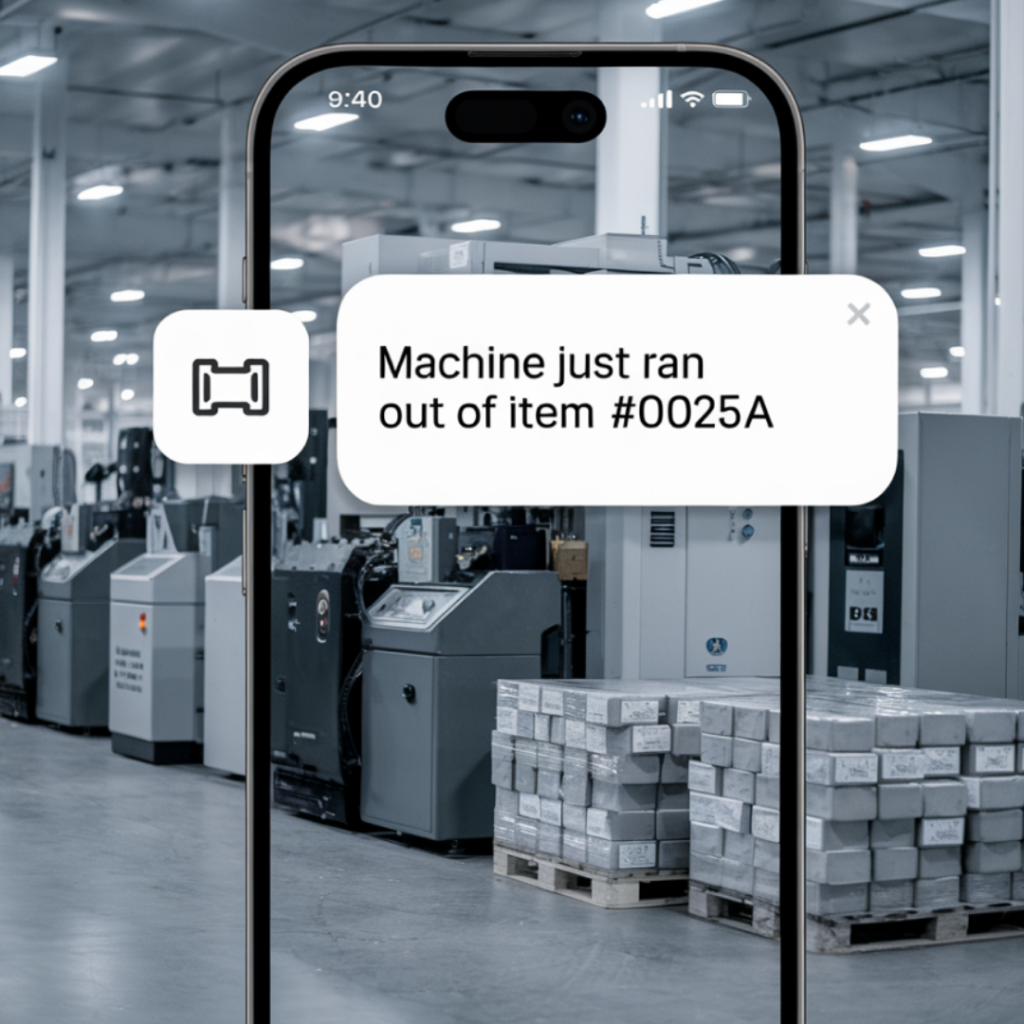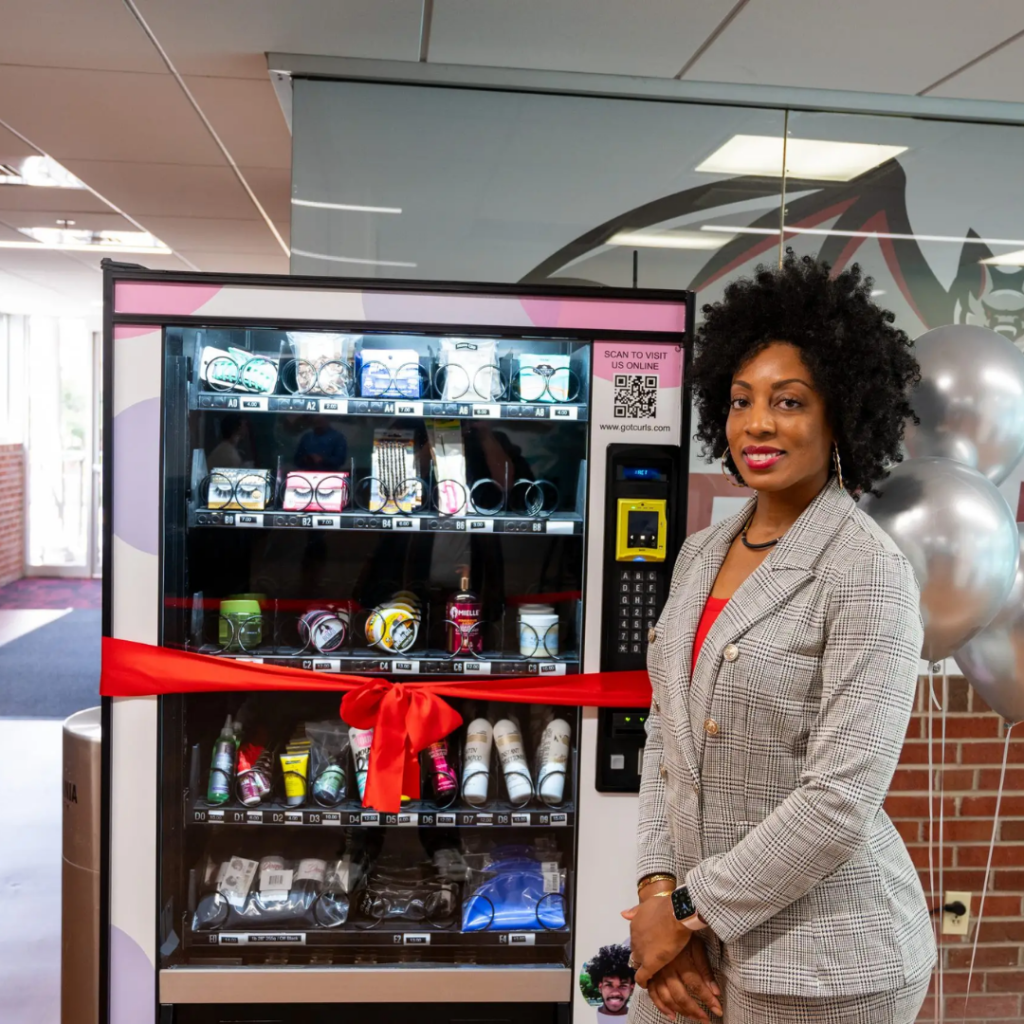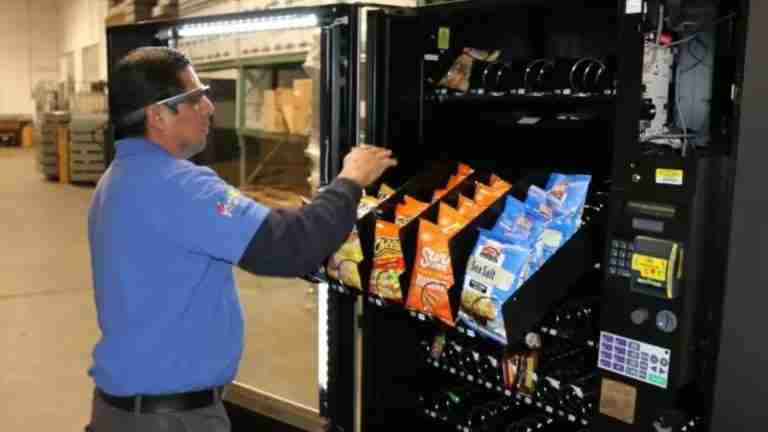Export ready American built machines in stock, shipping from Miami
Are Coffee Vending Machines Profitable?

Introduction
Coffee isn’t just a drink—it’s a daily ritual woven into modern life. From the first cup in the office to the late-night caffeine fix in hospitals, demand for coffee never slows down. This constant need has turned coffee vending machines into one of the most reliable automated business models, combining low overhead with high demand.
The question is, are coffee vending machines profitable? The short answer: yes—but profit depends on smart strategy. By choosing the right locations, investing in the right type of machine, and managing operations effectively, operators can transform a single unit into a steady cash-flow asset and a fleet into a scalable business empire.
Why Coffee Vending Machines Are Profitable
Recurring Demand
Unlike snacks that may vary with trends, coffee is a constant. A coffee vending machine delivers a product people rely on daily, often multiple times a day. This repeat demand makes coffee machines less volatile and more predictable in earnings compared to other categories.
Strong Margins
Producing a cup of coffee often costs less than $0.30 in beans, sugar, and cups, yet customers pay anywhere from $1.50 to $3.00 per serving. That means margins can exceed 70%, giving operators plenty of room to cover commissions and still generate strong profits.
Low Overhead
Unlike cafés that require baristas, rent, and staff overhead, vending machines are fully automated. A model like the coffee and snack vending machine even allows you to serve two markets at once—delivering coffee alongside quick bites—without adding complexity or labor costs.
Scalable Options
Profitability increases when the right machine is matched to the right location. Compact units such as a tabletop coffee vending machine are perfect for office spaces, while higher-capacity models like the CorePro Coffee Vending Machine suit hospitals and universities with steady foot traffic. For operators scaling quickly, the Pro Coffee Vending Machine ships fast and delivers the reliability needed to lock in prime locations before competitors move in.
Strategies to Maximize Coffee Vending Profitability
Profit doesn’t come from selling coffee alone—it comes from aligning the right machine with the right strategy. Below are the core approaches successful operators use to maximize the potential of coffee vending machines.
Strategies to Maximize Coffee Vending Profitability
When asking “Are coffee vending machines profitable?” the truth is that profitability comes down to execution. The right machine in the wrong place won’t deliver, but the right machine in the right spot can be a game-changer. Here are the proven strategies operators use to maximize success.
1. Location Strategy
Location is the single most important factor. A machine in a slow lobby may only sell a few cups a day, while the same unit in a hospital corridor could pour hundreds. The key is matching demand with convenience:
- Corporate Offices: Employees thrive on coffee during long workdays. Compact solutions like a tabletop coffee vending machine fit easily into break rooms and deliver reliable profits with minimal space requirements.
- Hospitals and Universities: These 24/7 environments demand capacity and durability. A CorePro Coffee Vending Machine is built for heavy use, ensuring patients, visitors, and staff always have access to fresh coffee around the clock.
- Hotels and Gyms: In these locations, customers value convenience and speed. A coffee and snack vending machine offers a dual advantage, serving both beverages and quick energy-boosting snacks from the same footprint.
2. Machine Choice Strategy
Not all coffee machines are created equal. Some focus solely on beverages, while others integrate snacks or premium features. Choosing wisely is the difference between average and exceptional performance:
- Classic Beverage Models: A dedicated coffee vending machine provides a consistent stream of hot beverages and is ideal for locations where coffee demand is nonstop.
- Multi-Purpose Machines: A hybrid model like the coffee and snack vending machine broadens appeal, capturing customers who want a drink and a snack in one stop.
- The Pro Lineup: For operators aiming to expand quickly, the Pro Coffee Vending Machine offers fast shipping, smooth installation, and reliable performance. This allows businesses to roll out multiple machines quickly and secure prime locations before competitors can react.
3. Pricing & Product Strategy
How you price coffee affects both revenue and customer loyalty. In workplaces, $1.50–$2.00 per cup is typical, while in hotels or airports, customers will gladly pay $3 or more for specialty options like cappuccinos or lattes. By offering variety—such as hot chocolate, tea, or flavored syrups—you increase both volume and margin.
4. Operational Strategy
Profits vanish if machines sit empty or broken. Smart operators run tight service schedules, restocking high-traffic locations multiple times per week. Regular maintenance and remote monitoring ensure consistent uptime. The Pro Coffee Vending Machine is designed with uptime in mind, delivering reliable service and minimizing disruptions—an essential factor when building trust with property owners.
5. Financing & Scaling Strategy
Starting small and scaling smart is the hallmark of profitable vending operations. With financing, you can place one or two machines, prove their profitability, and then reinvest into a fleet. Since the Pro Coffee Vending Machine ships fast, operators can expand into new locations quickly without long delays. This allows you to grow aggressively once you’ve proven demand in a territory.
Cost vs. Revenue Breakdown
Numbers tell the story best. Let’s break down a typical machine’s economics:
- Cost per cup: $0.25–$0.40 (beans, sugar, cup, milk powder).
- Average selling price: $1.50–$3.00 depending on location.
- Gross margin: 70–80%.
Example: A machine selling 100 cups per day at $2 each generates $200 daily, or $6,000 per month. Even after deducting supplies and commission payments, net profit can reach $3,000–$3,500 per month—per machine. Scale this to 10 machines across offices, hospitals, and hotels, and you’re looking at six-figure annual profits.
Case for Growth: Scaling a Coffee Vending Business
The beauty of vending is scalability. One machine generates a healthy side income, but a fleet creates real business leverage. With coffee vending machines, scaling is straightforward: profits from one unit can fund the next. Operators who strategically place machines across multiple high-traffic locations quickly move from side hustle to sustainable enterprise.
Models like the tabletop coffee vending machine make sense for smaller corporate offices, while robust solutions like the CorePro or Pro lineup dominate in busier environments. By mixing and matching models, you can build a diversified fleet that captures multiple customer segments at once.
Conclusion
So, are coffee vending machines profitable? Absolutely—when approached with strategy. Profitability stems from three factors: choosing the right location, investing in the right type of machine, and running operations efficiently. With margins of 70% or more, constant consumer demand, and scalable machine options, coffee vending remains one of the most profitable models in automated retail.
Whether you start with a classic coffee vending machine for a single location or build a fleet with the Pro lineup, the path to profit is clear. The question isn’t if these machines are profitable—it’s how fast you’re willing to scale your business to capture the opportunity.

